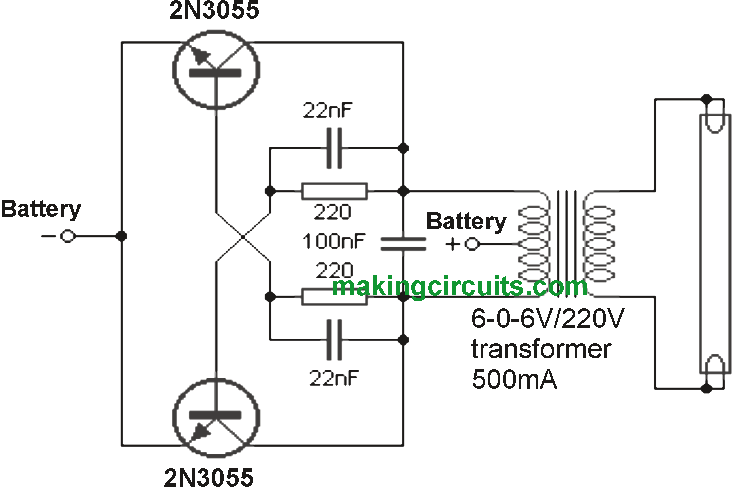When I was in college we use to light up florescent bulbs with 6 or 8 D flash light batteries. I remember this worked good in summer in warm weather but not in winter if bulb was too cold. Also remove a hot bulb from a light fixture it was easy to light up with a few D batteries. Push and hold the switch down about 2 seconds then click switch on/off a few times fast bulb would light up. This was 50 years ago I must have forgotten something I can't make it work. I seem to recall filaments were about .4 amps each but don't remember filament voltage? 2 ft long florescent bulbs light up easier than 4 ft bulbs and 8 ft was harder.


